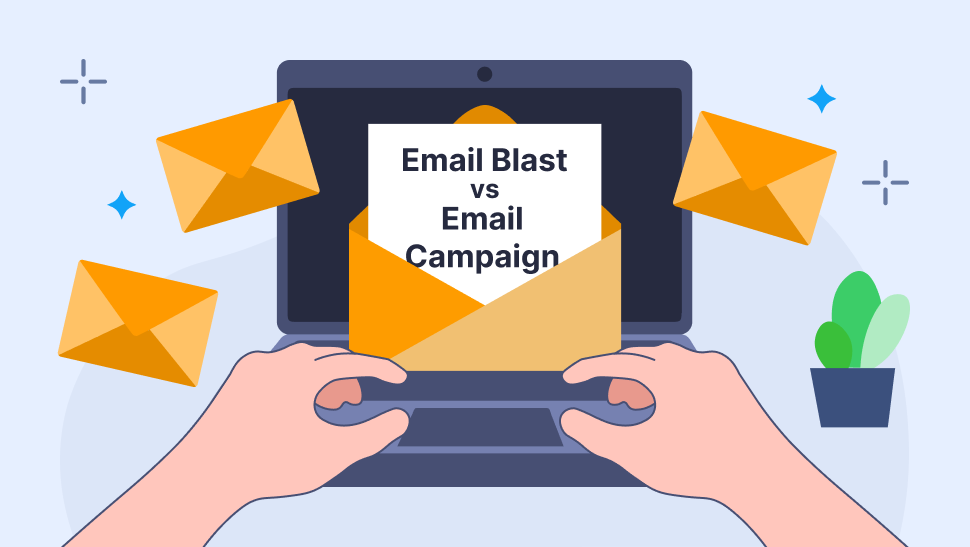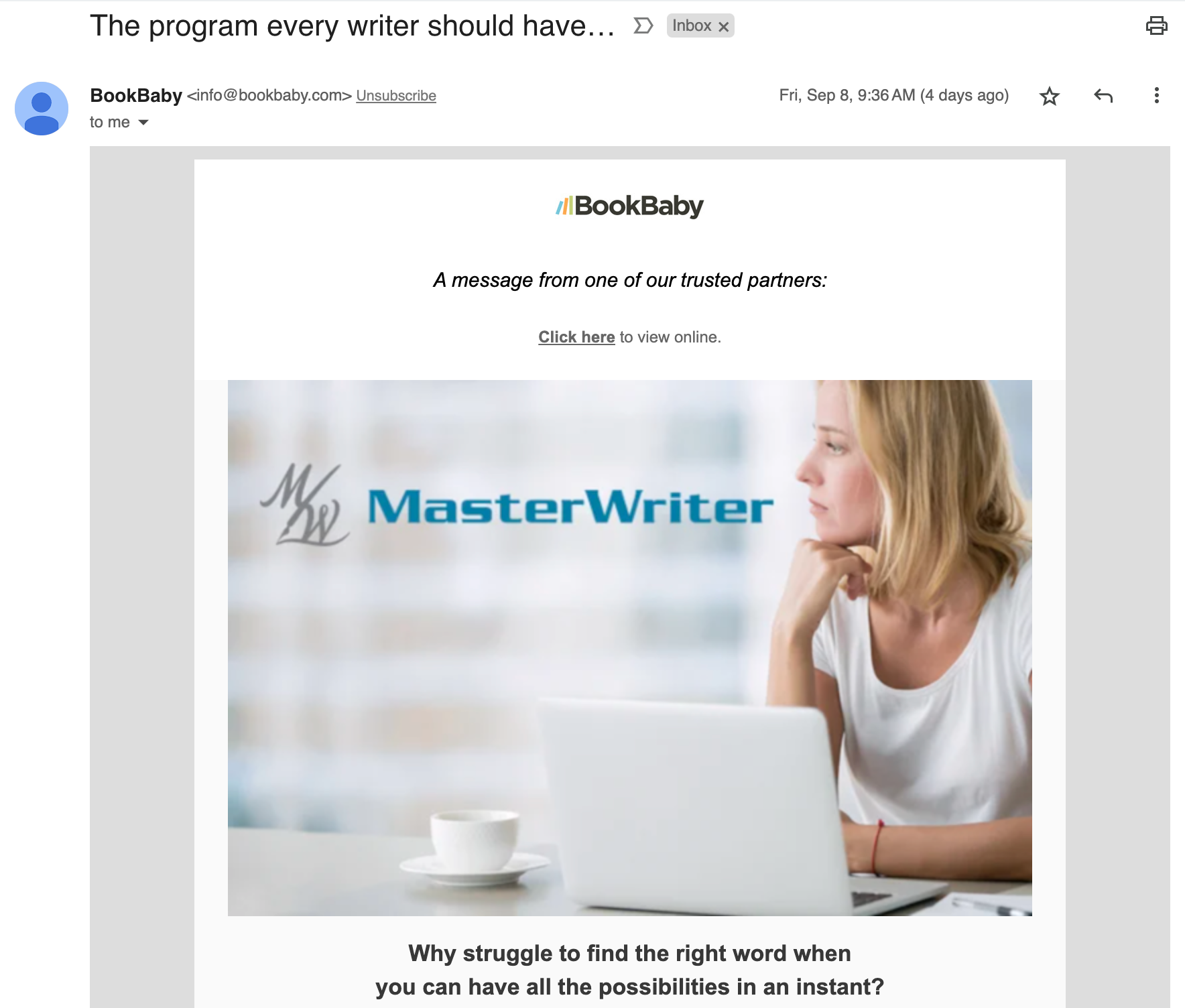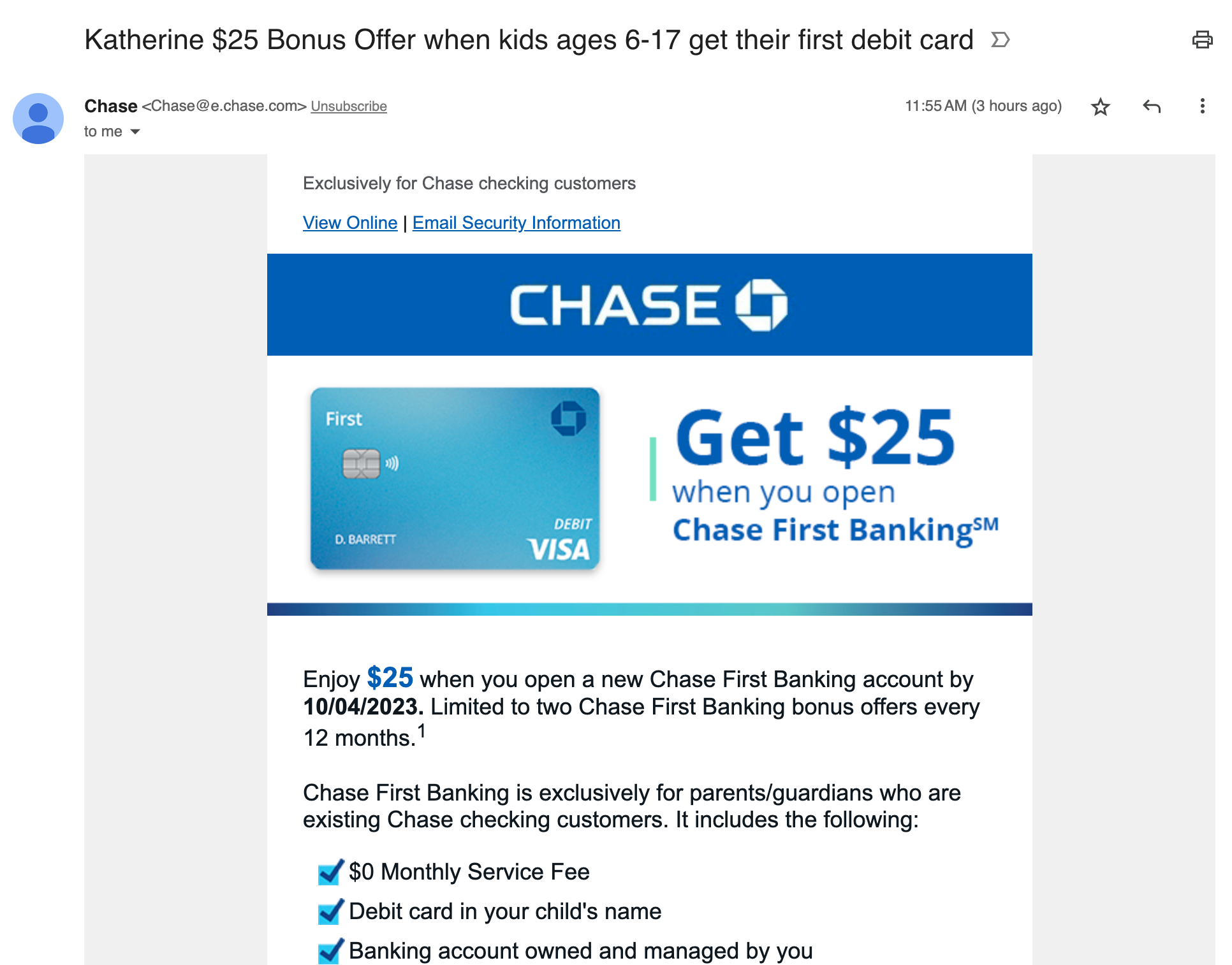Two common terms often used in the realm of email marketing are "email campaign" and "email blast." While they both involve sending emails to recipients, they serve distinct purposes and have different approaches. In this article, we dive into the differences between an email campaign and an email blast to help businesses make informed choices about their email marketing strategies.
Table of Contents
- Understanding the Differences Between Email Blasts and Email Campaigns
- Key Differences and Considerations
- Choosing the Right Approach
- Conclusion

Understanding the Differences Between Email Blasts and Email Campaigns
Now let’s go over the differences between email blasts and email campaigns. Though many people believe these are essentially the same thing, the approach to using one or the other is different and can speak volumes to your brand, messaging, and affect how you garner leads and customers.
Email Blast: The Shotgun Approach
An email blast, often referred to as a mass email or broadcast email, is a single email sent to a large list of recipients simultaneously. This approach aims to distribute a message widely, typically to a broad audience, with the primary goal of giving out information quickly.
Below is an example of an email blast that is not personalized and clearly directed to any and every lead subscribed to receive messages from BookBaby.com.

Characteristics:
Volume: The defining feature of an email blast is its focus on sending a message to a massive list of email addresses, often in the thousands or more.
For broad audiences: Email blasts typically use a generic message that's intended for a broad audience. Customization and personalization are minimal or absent since they are not needed.
Low engagement: Due to the impersonal nature of email blasts, recipient engagement, including open rates and click-through rates, tends to be lower compared to email campaigns.
Limited targeting: Email blasts often lack advanced targeting and segmentation. Messages are sent to a general list without considering the individual characteristics or interests of recipients.
Promotional or announcement focused: Email blasts are commonly used for promotional purposes, such as announcing sales, events, or company news.
Ways it is used:
Email blasts are suitable for:
Sharing important company news or announcements.
Promoting time-sensitive offers or discounts.
Disseminating information to a large audience quickly.
Pros:
Fast distribution of information.
Simplified, less time-consuming execution.
Suitable for broad, non-specific messaging.
Cons:
Limited personalization and engagement.
Potential for high unsubscribe rates or spam reports.
May not effectively target specific audience segments.
Email Campaign: Precision and Engagement
An email campaign is a strategic and targeted approach to email marketing, involving a series of emails sent to a segmented list of recipients over a defined period. These campaigns are designed to achieve specific objectives, such as nurturing leads, driving conversions, or building customer loyalty.
Below is an example of an email campaign from Chase. The email is targeted specificay to the recipient by using her name in the subject line. Also, this is not the first nor the last email from the slew of emails trying to re-engage this customer.

Characteristics:
Segmentation: Email campaigns involve the careful segmentation of the email list based on various criteria, including demographics, behavior, and interests. This allows for highly targeted messaging.
Multiple Touchpoints: Unlike email blasts, campaigns consist of a series of emails sent over time. This allows for gradual engagement and relationship-building with recipients.
Personalization: Email campaigns prioritize personalization by tailoring content, offers, and messaging to each recipient based on their preferences and interactions.
Clear Objectives: Each email in a campaign serves a specific purpose, whether it's introducing a product, educating about a service, or nurturing a lead through the sales funnel.
Analytics and Optimization: Email campaigns are closely monitored, with performance metrics tracked and used to refine subsequent emails for better results.
Ways it is used:
Email campaigns are suitable for:
Lead nurturing: Guiding leads through the buyer's journey.
Product onboarding: Introducing new customers to your offerings.
Customer retention: Building loyalty and encouraging repeat business.
Pros:
Highly targeted and personalized messaging.
Improved engagement and higher conversion rates.
Enhanced tracking and analytics for optimization.
Cons:
Requires careful planning and content creation.
More time and resources needed compared to email blasts.
Can be complex to set up and manage.
Key Differences and Considerations
To further highlight the distinctions between email campaigns and email blasts, let's consider key differences:
Audience
Email blasts target a broad audience, while email campaigns focus on specific segments or personas within your email list.
Content
Email blasts often feature generic content, while email campaigns offer personalized and relevant content tailored to recipient preferences.
Frequency
Email blasts are typically sent as one-time communications, whereas email campaigns consist of a series of emails sent at strategically timed intervals.
Goals
Email blasts aim to disseminate information quickly, while email campaigns have specific objectives, such as lead nurturing or conversion.
Engagement
Email campaigns prioritize engagement and relationship-building, resulting in higher open and click-through rates compared to email blasts.
Personalization
Email campaigns extensively use personalization, addressing recipients by name and customizing content, subject lines, and offers.
Analytics
Email campaigns offer detailed analytics and tracking, enabling businesses to measure performance and make data-driven improvements.
Choosing the Right Approach
The choice between sending an email campaign and an email blast ultimately depends on your specific marketing goals, target audience, and resources. Let’s cover some of the factors that can help you decide which to send.
Nature or Purpose of the Email
For time-sensitive announcements or promotions intended for a broad audience, an email blast may be appropriate. However, for more complex or relationship-oriented communication, an email campaign is likely more effective.
Audience Segmentation
If you have a well-segmented email list and want to deliver highly targeted content, an email campaign is the better choice. Segmentation allows you to cater to the unique needs and interests of different recipient groups.
Resource Availability
Email campaigns require more planning, content creation, and ongoing management than email blasts. Consider your available resources and bandwidth when making your decision.
Objectives
Clearly define your marketing objectives. If your goal is to nurture leads, build customer loyalty, or guide prospects through a sales funnel, an email campaign is the ideal choice. For quick announcements or promotions, an email blast may suffice.
Performance Metrics
Consider the metrics you need to track to evaluate success. Email campaigns provide more in-depth data for analysis, helping you refine your approach over time.
Conclusion
Hopefully you now understand the differences between email blasts and email campaigns as well as how to utilize them to properly increase your email engagement and, essentially, your ROI. Both have their place in a comprehensive email marketing strategy, and choosing the right approach depends on your specific goals, target audience, and the level of engagement and personalization you want for your business.
TruVISIBILITY’s Messaging app seamlessly helps you create both email campaigns and email blasts based on your email marketing goals. Check out even more ways Messaging can be helpful to your overall marketing with automation, easy-to-use templates, and more.
Want to receive more articles?
Sign-up for our weekly newsletter to receive info that will help your business grow



